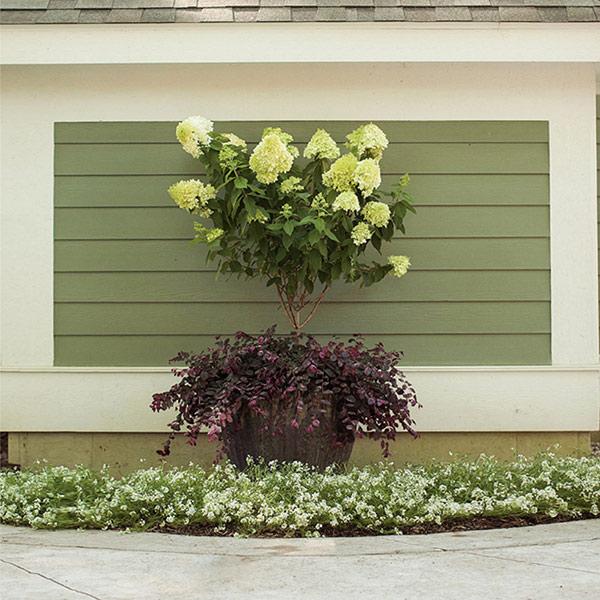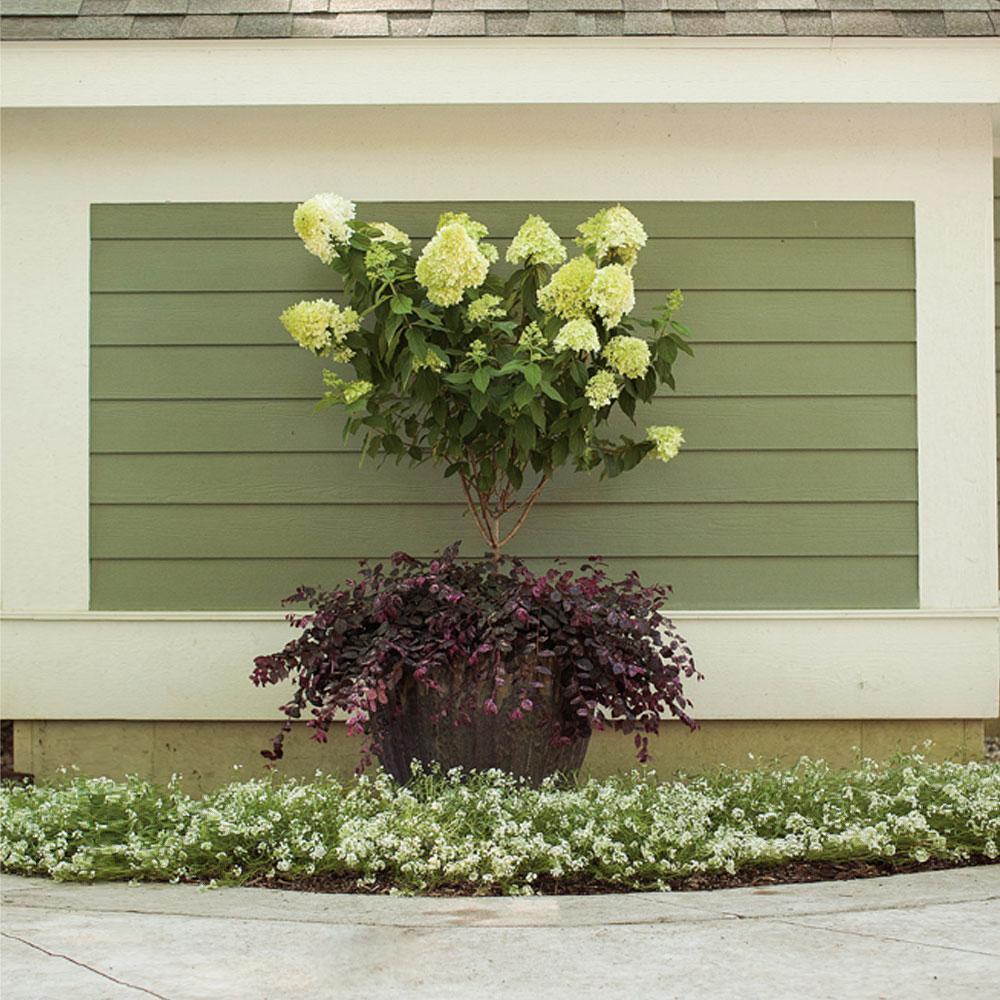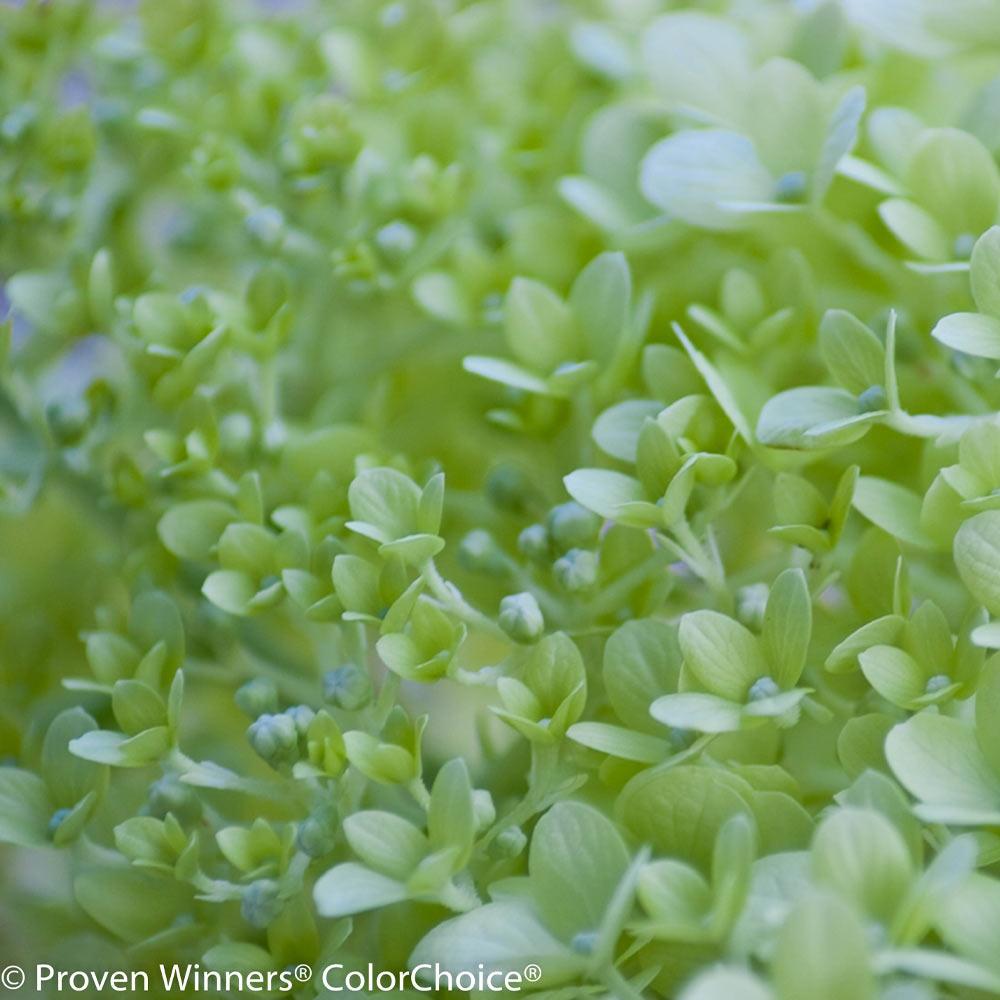A Dwarf Limelight Tree for Tight Spaces
Why Little Lime® Hydrangea Trees?
Delivering the benefits of the Limelight Hydrangea in a dwarf tree form, the Little Lime® Hydrangea Tree gives you the benefits you love in a smaller, more manageable package. From tight borders to plant beds and even containers on your porch or patio, the Little Lime® is well-suited to nearly any area.
Plus, it offers rich color and full blooms for months at a time. The Lime Hydrangea’s green summer flowers transition to pink in the fall, making it ideal as the centerpiece of your garden. And since it's cold hardy down to 10 or even 20 degrees, its vibrant color outlasts early spring and fall frosts.
Why Fast-Growing-Trees.com is Better
Your Little Lime® Tree has been planted, grown and shipped with expert care. This variety is difficult to find at big-box stores or garden centers. And if it is available, it may be sold bare-root.
When your Hydrangea Tree from Fast Growing Trees arrives at your door, it's got a healthier root system that's ready to thrive, season after season. We take care to ensure that your tree arrives in its own pot with nutrient-rich soil, so you don't have to deal with guesswork in growing.
But don't wait...order your own Little Lime® Hydrangea Tree today!
Planting & Care
1. Planting: Start by finding an area with full sun (6 to 8 hours of sunlight) and well-drained soil. You can also select a container with drainage holes for planting your Little Lime® Hydrangea Tree.
Once you’ve selected a location, dig a hole that’s around twice the size of your plant’s root ball and just as deep. Place the tree, tamp down the soil and water to settle the roots. Apply mulch after planting to conserve moisture in the area.
2. Watering: We recommend checking your soil about 2 to 3 inches down for dryness. If the soil around your Hydrangea is dry, water the plant. Watering about once or twice weekly is a good rule of thumb until your plant is established.
3. Fertilizing: Feed your plant with a general-purpose fertilizer regularly during the growing season and follow label instructions for best results.
4. Pruning: Prune your Hydrangea annually in the late winter – since blooms emerge from new wood, this helps promote vigorous growth.






Comment